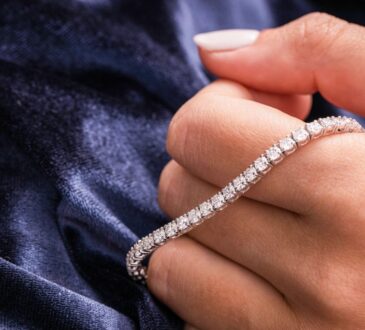

If you want to reduce the height of your forehead, cosmetic surgery can help. In addition to genetics, hair loss, and cosmetic procedures, there are many reasons for large foreheads. In addition to lowering your hairline, this procedure can help you have a more balanced facial profile. There is no comparison between this surgery and brow lifts.
Learn more about hairline lowering surgery or find a cosmetic surgeon near you by reading on.
How does Hairline Lowering Surgery work?
Under general anesthesia, forehead surgery is usually performed to reduce the size. To reduce pain and bleeding, a local anesthetic can also be used on the forehead.
Techniques
Plastic surgeons perform procedures in the following ways:
- In order to mark the area to be removed from the forehead and hairline, a surgical skin marker will be used. During the cut along the hairline, the hair follicles and nerves are carefully preserved.
- Local anesthetic is applied to the forehead just above the hairline.
- During this process, the forehead and hairline are incised (pretricious incision). As the surgeon removes an area, the connective tissue beneath the skin must be carefully separated by the surgeon.
- Throughout the forehead and hairline are incisions joined together.
- As the skin is sutured together to minimize scar formation, most of the scars are hidden by the hairline after hair regrowth has taken place.
However, the eyebrows are not raised by forehead reduction surgery, although they may look different as a result.
Often, a brow lift is performed simultaneously with the hairline lowering surgery.
Treatment
Most people are able to go home after surgery within a few hours. After the sutures are removed, it will take approximately one and a half weeks. As part of your post-surgery care, you will also require observation and follow-up checks approximately two to four weeks after your procedure.
In order to allow the incision to heal properly following any surgery that involves an incision, it is extremely important to take great care of it.
Check for signs of infection at the site of the incision frequently. Additionally, your doctor will provide instructions for how to take care of your incision after surgery, including how to minimize inflammation, pain, and infections.
Can everyone benefit from forehead reduction?
Having forehead reduction surgery can help to maintain one’s overall facial structure. You may benefit from forehead reduction surgery if you have any of the following conditions:
- You want your hairline lowered because it is too high
- Getting your forehead shortened when it’s overly large is a good idea
- If your hair is too thick, you have a high hairline
- Looking to change the balance of your face if you have low eyebrows or heavy eyebrows
- Have you undergone hair grafting and now you’re interested in thinning your hairline
- After undergoing a brow lift, do you wish to relocate your hairline forward?
There may be some individuals who are not eligible for forehead reduction surgery even if these criteria exist.
Before undergoing a successful forehead reduction surgery, the scalp must be flexible (able to stretch). If you have suffered from pattern baldness in the past, the procedure is not recommended for you.
If you have any other medical conditions that may affect the outcome of surgery, you should discuss them with your doctor before the procedure.






